Articles > Geography
Trying the top The Largest Cities In New Jersey cities on US State Largest Cities – Choose State & Number? Here are the top 10 to get you started.
1. Newark, NJ (Population: 304,960)
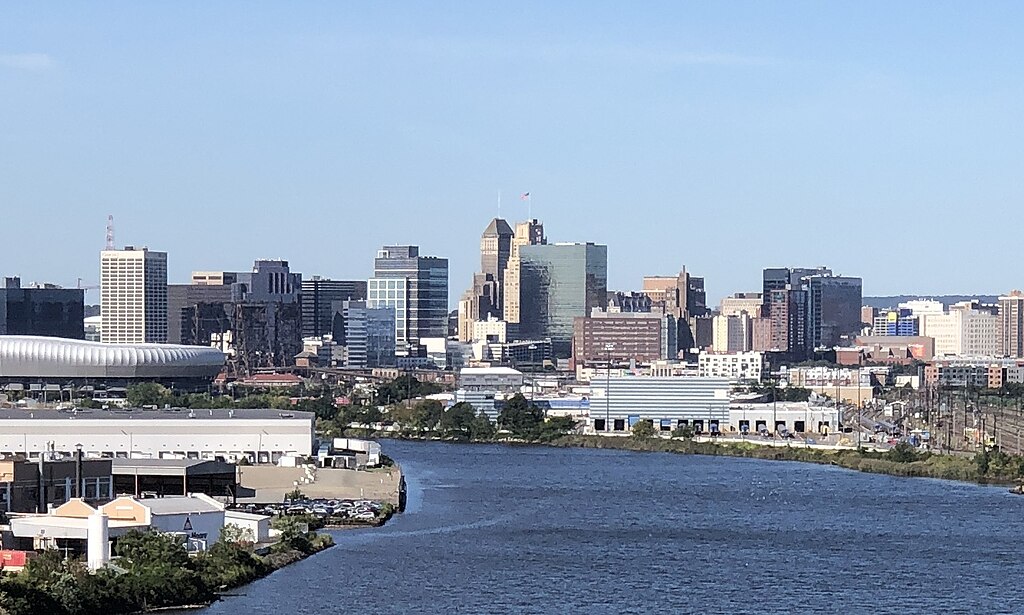
Newark, the largest city in New Jersey, is a cultural, transportation, and economic powerhouse located just outside New York City. Founded in 1666, Newark has long been a hub for shipping and industry thanks to its location along the Passaic River and proximity to the Port of New York and New Jersey. Today, Newark is home to major corporations, universities, and cultural institutions, including Rutgers University-Newark, Prudential Center, and the New Jersey Performing Arts Center. Its downtown area has seen revitalization, with modern office towers, parks, and dining options attracting residents and visitors alike. Newark is also one of the most diverse cities in the region, reflecting a rich blend of cultures that influence its food, art, and traditions.
Interesting Fact: Newark Liberty International Airport, opened in 1928, was the first major airport in the New York metropolitan area.
2. Jersey City, NJ (Population: 291,657)
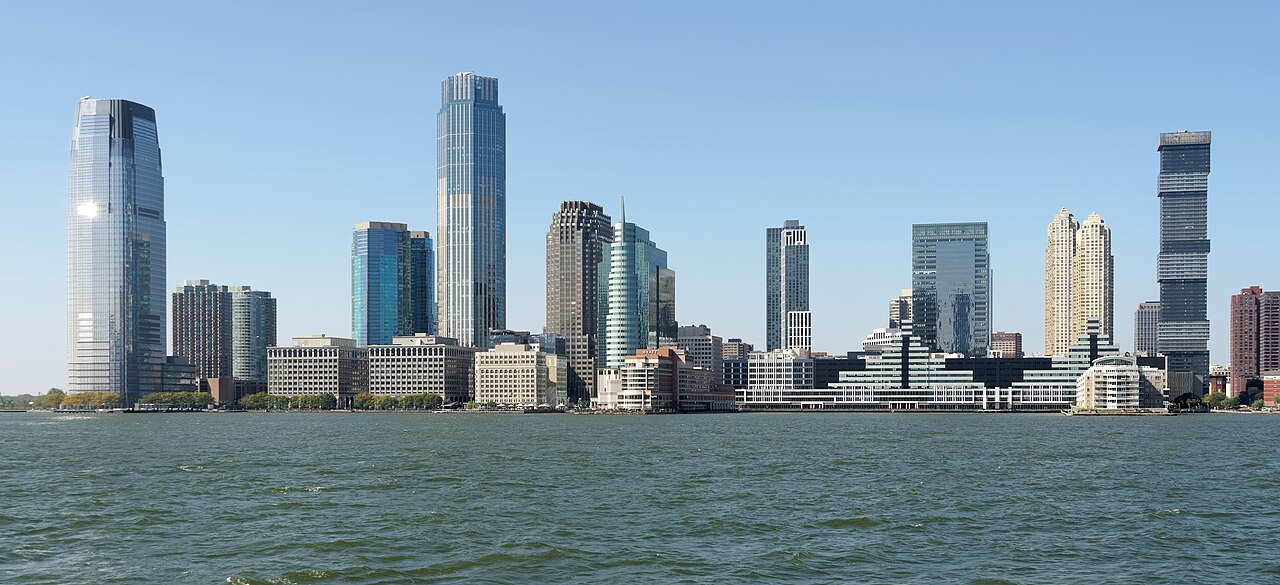
Jersey City sits on the western shore of the Hudson River, directly across from Lower Manhattan, and has rapidly transformed into one of the most dynamic cities in the Northeast. Known for its impressive skyline, including the 42-story Goldman Sachs Tower, the city has become a hub for finance, tech, and creative industries. The revitalized waterfront area offers stunning views of New York City, while neighborhoods like Journal Square and Greenville preserve historic character and community culture. Liberty State Park provides outdoor recreation with a backdrop of the Statue of Liberty, just a short ferry ride away. Jersey City’s diverse population makes it a global food destination, with cuisines from around the world represented.
Interesting Fact: Ellis Island, the gateway for millions of immigrants, is located within Jersey City’s municipal borders.
3. Paterson, NJ (Population: 156,452)
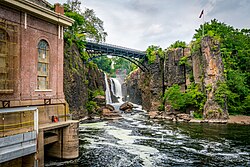
Paterson, nicknamed the “Silk City,” was one of America’s earliest industrial centers, founded by Alexander Hamilton in 1792 as a planned manufacturing city. The Great Falls of the Passaic River provided power for mills and factories, fueling industries ranging from textiles to locomotives. Today, Paterson is a culturally vibrant city with a large immigrant population, contributing to its diverse neighborhoods and cuisine. The Paterson Great Falls National Historical Park highlights the city’s role in the industrial revolution and serves as a major attraction. While Paterson has faced economic challenges, its cultural richness and historic importance remain central to New Jersey’s identity.
Interesting Fact: The Paterson Great Falls, at 77 feet tall, is one of the largest waterfalls in the United States by volume.
4. Lakewood, NJ (Population: 139,866)
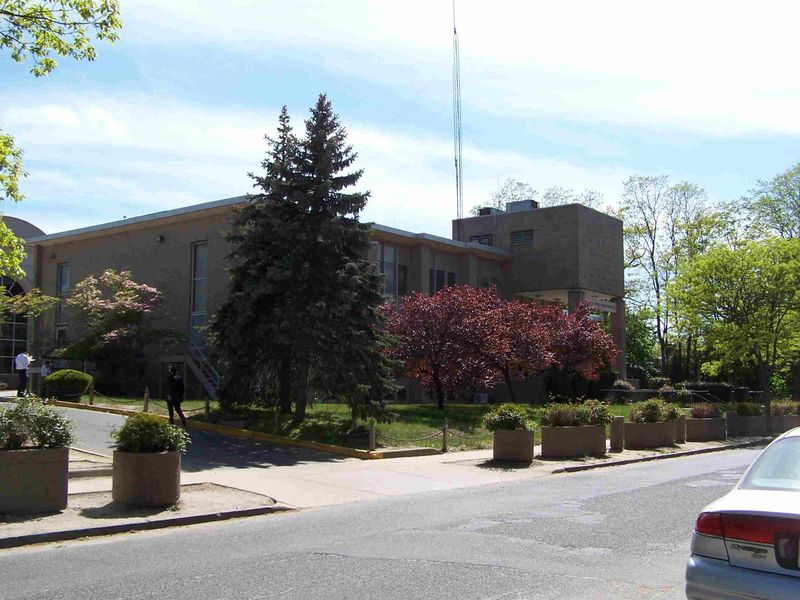
Lakewood, located in Ocean County, has become one of New Jersey’s fastest-growing cities. Originally known for its resort hotels and pine forests in the late 19th century, Lakewood has since developed into a bustling community with a significant Orthodox Jewish population, which has shaped the city’s schools, businesses, and culture. Lakewood is home to Beth Medrash Govoha, one of the largest yeshivas in the world, attracting students from across the globe. Its economy includes retail, healthcare, and education, and the city continues to expand residentially to meet its growing population.
Interesting Fact: Lakewood’s Beth Medrash Govoha enrolls over 7,000 students, making it one of the largest Jewish educational institutions outside Israel.
5. Elizabeth, NJ (Population: 135,829)
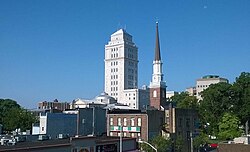
Elizabeth, New Jersey’s fourth-largest city, has a history dating back to the 17th century and today plays a key role in shipping and commerce. Located near Newark Liberty International Airport and the Port of New York and New Jersey, Elizabeth is a vital transportation hub. The city is known for its cultural diversity, historic neighborhoods, and retail destinations, including the popular Mills at Jersey Gardens mall. Elizabeth also features recreational parks, historic churches, and growing arts initiatives. Its position along the New Jersey Turnpike has cemented it as a central location for both industry and community life.
Interesting Fact: Elizabeth was the first capital of New Jersey before the government moved to Trenton in 1790.
6. Edison, NJ (Population: 106,836)
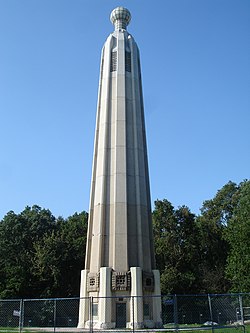
Edison, located in Middlesex County, is named after inventor Thomas Edison, who conducted pioneering experiments at his Menlo Park laboratory. The township is a highly diverse and thriving suburban community, known for its strong schools, business parks, and shopping centers such as Menlo Park Mall. Edison’s location provides convenient access to New York City and major highways, making it a popular home for commuters. The community emphasizes cultural diversity, with significant Asian-American populations contributing to its cuisine, festivals, and businesses. Edison remains a balance of suburban living with economic opportunity.
Interesting Fact: Thomas Edison’s laboratory in Edison is where he developed the phonograph and perfected the light bulb.
7. Woodbridge, NJ (Population: 103,194)
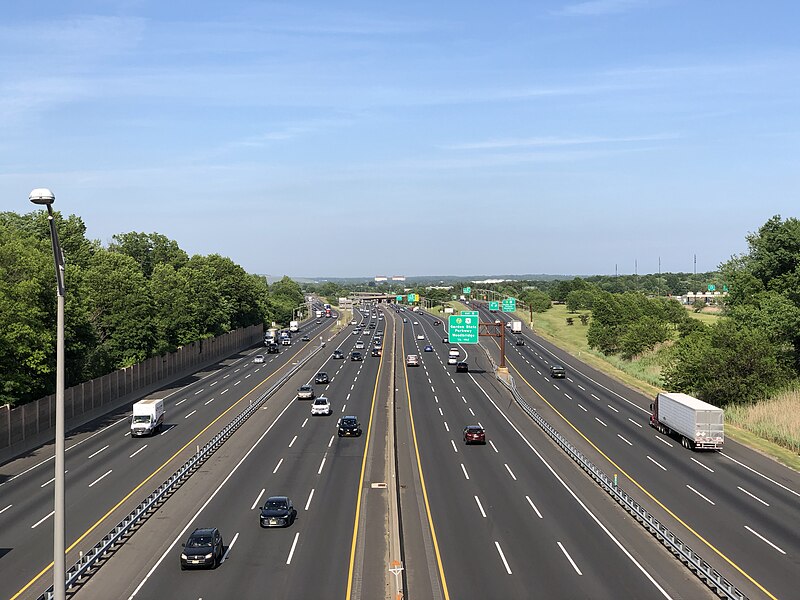
Woodbridge Township is one of New Jersey’s oldest municipalities, founded in 1669, and today it remains a thriving suburban community with strong commercial and residential areas. Located in Middlesex County, Woodbridge is known for its access to highways and rail lines, making it an ideal commuter location. The township features a variety of parks, schools, and cultural events, along with shopping centers that serve the region. Its diverse population adds to the township’s community fabric, making Woodbridge a dynamic place to live and work.
Interesting Fact: Woodbridge was one of the original New Jersey townships created by royal charter in the 17th century.
8. Toms River, NJ (Population: 99,091)
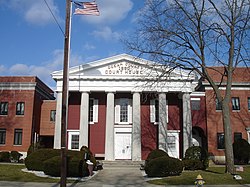
Toms River, located along the Jersey Shore, is a popular destination for its beaches, family-friendly attractions, and suburban lifestyle. The town has been a setting for films and television shows, further boosting its recognition. Toms River has a mix of tourism, healthcare, and retail in its economy, while its coastal access supports fishing and recreation. The town is also notable for its community events, including parades, festivals, and summer activities. Its balance of suburban life and seaside appeal makes it a distinctive part of New Jersey.
Interesting Fact: Toms River gained fame in the 1990s as the hometown of the team that won the 1998 Little League World Series.
9. Hamilton, NJ (Population: 91,640)
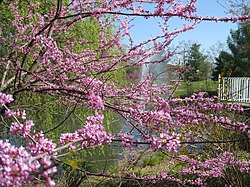
Hamilton Township, located near Trenton, is one of New Jersey’s largest municipalities by land area. It offers suburban neighborhoods, extensive parkland, and a strong local economy. Hamilton is home to Veterans Park, one of the largest municipal parks in the state, which includes sports fields, trails, and memorials. The township balances residential life with commercial development and remains a popular choice for commuters working in Trenton, Princeton, or Philadelphia.
Interesting Fact: Grounds For Sculpture, a 42-acre sculpture park and museum in Hamilton, features works by acclaimed artist Seward Johnson.
10. Trenton, NJ (Population: 89,620)
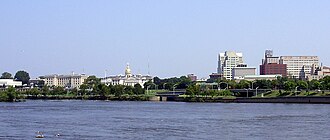
Trenton, the capital of New Jersey, has a storied history dating back to the American Revolution. The Battle of Trenton in 1776 was a pivotal victory for George Washington’s troops, cementing the city’s place in U.S. history. Today, Trenton is the seat of state government and home to historic landmarks, museums, and cultural institutions. Its economy is tied to government services, healthcare, and education, while ongoing redevelopment efforts seek to revitalize its downtown and riverfront areas. Despite challenges, Trenton continues to serve as a center of history and governance in New Jersey.
Interesting Fact: The Battle of Trenton is commemorated annually with reenactments at the original battlefield along the Delaware River.




